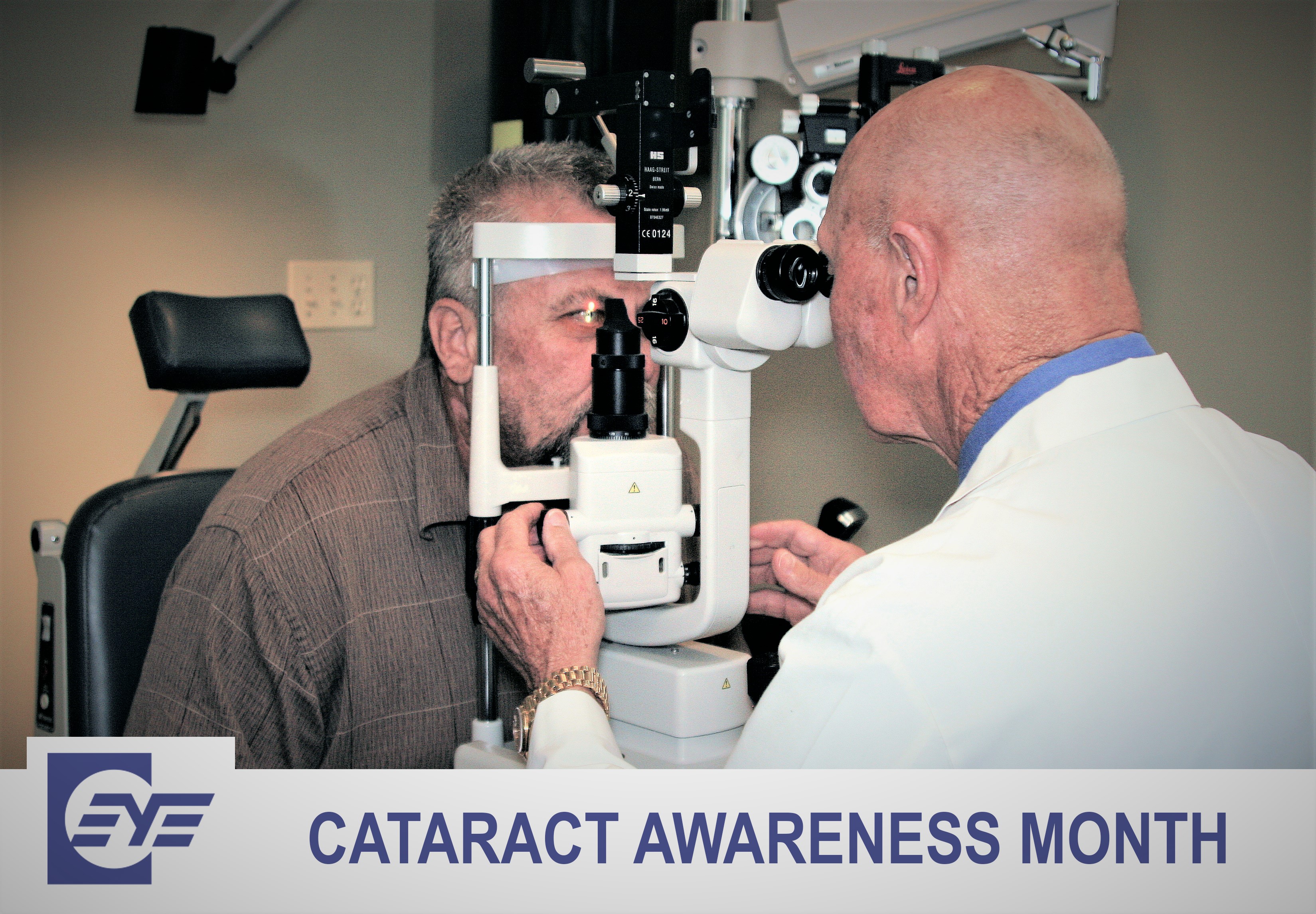Physical changes are an inevitable part of aging. That includes one particular vision problem: By age 50 most people are already developing cataracts, the clouding of the natural eye lenses.
“Cataract formation is something we all contend with in varying degrees as we get older,” says Hattiesburg Eye Clinic ophthalmologist Stoney Williamson. “At what point we will need to address a patient’s cataracts will depend on how much they’re interfering with their daily activities.”
And interfere they can: it’s estimated that half of American adults over age 70 have cataracts that impair their vision. That makes cataracts one of the leading causes of blindness among seniors.
But cataracts can be effectively treated, with much of a person’s vision restored and perhaps even enhanced. That’s why each June Hattiesburg Eye Clinic joins with other vision providers to recognize Cataract Awareness Month.
According to Dr. Williamson, vision providers’ ability to restore eyesight from cataracts is the result of groundbreaking treatment advances over several decades. “Our procedures now are far beyond the surgical techniques I performed when I began my career. What was once a 30-45-minute surgery with an overnight hospital stay is now a ten-minute out-patient procedure.”
There are two game-changing reasons for these better cataract outcomes. One was the introduction of laser technology in place of traditional scalpel surgery. One of the most advanced of these is the Catalys® Precision Laser System, the first surgical laser designed exclusively for cataract surgery.
Hattiesburg Eye Clinic was the first provider in Mississippi to offer this advanced system. Catalys® automates most of the surgical tasks involved in removing the clouded natural lens so surgeons can replace it with an artificial or intraocular lens. “The Catalys® provides our surgeons greater precision and our patients a gentler, more comfortable experience,” says Dr. Williamson.
The intraocular lens (IOL) itself represents the other major advancement for better cataract outcomes. A part of cataract treatment for decades, IOLs have taken a giant leap forward in just the past few years.
“We still use the original type of IOL, the standard lens, which can effectively correct and restore distance vision,” says Hattiesburg Eye Clinic surgeon, Dr. David Richardson. “But we now have other IOLs that can do even more, like the Tecnis Symfony ® Extended Depth of Focus Lens that provides a full range of vision – near, intermediate and distant.”
“And, the latest IOL development, the Tecnis Synergy ™ Continuous-Range-of-Vision lens combines Extended Depth of Focus and Multifocal technology.”
Hattiesburg Eye Clinic surgeons were the first in Mississippi to offer premium IOLs for cataract patients.
Eye surgeon, Dr. Todd Williamson says, “Our board-certified ophthalmologists have a tradition of delivering leading edge technology to our patients so that they can choose from an array of IOL options to fit their individual lifestyle needs.”
Cataracts are an all too common part of getting older. But thanks to the advanced laser surgery and IOLs offered by Hattiesburg Eye Clinic, that doesn’t mean you have to lose your eyesight.
For more information about cataract treatment options, visit our webpage. To learn more about how Hattiesburg Eye Clinic can improve your vision health, call 601-268-5910 (or toll-free 800-624-8254) or schedule a consultation with us online.

